Welcome to the ultimate guide on beauty niche affiliate marketing in 2024! Whether you’re a seasoned marketer or a newcomer to the world of affiliate marketing, this comprehensive guide will provide you with the latest trends, top affiliate programs, and effective strategies to maximize your earnings in the beauty industry. Let’s dive in!

Highlighted and Key Essential Points
- Understanding Beauty Niche Affiliate Marketing
- What is Beauty Niche Affiliate Marketing?
- Why Choose the Beauty Niche?
- Market Trends and Insights for 2024
- Top Beauty Affiliate Programs
- High-Commission Programs
- Popular Beauty Brands
- Emerging Beauty Brands
- Getting Started with Beauty Affiliate Marketing
- Setting Up Your Platform
- Choosing the Right Products
- Creating Engaging Content
- Effective Marketing Strategies
- SEO for Beauty Blogs
- Social Media Marketing
- Email Marketing
- Advanced Tips for Maximizing Earnings
- Leveraging Influencer Partnerships
- Utilizing Video Content
- Optimizing for Conversions
- Analyzing Performance and Making Adjustments
- Tracking Metrics
- A/B Testing
- Adjusting Strategies Based on Data
- Case Studies and Success Stories
- Successful Beauty Affiliates
- Key Takeaways from Their Strategies
- Future Trends in Beauty Affiliate Marketing
- Technological Innovations
- Evolving Consumer Preferences
- Conclusion
- Recap of Key Points
- Final Tips for Success
1. Understanding Beauty Niche Affiliate Marketing
What is Beauty Niche Affiliate Marketing?
Beauty niche affiliate marketing involves promoting beauty products—such as skincare, makeup, hair care, and personal grooming items—through affiliate links. Affiliates earn commissions by driving sales or traffic to the retailer’s website.

Why Choose the Beauty Niche?
The beauty industry is a multi-billion dollar market with a steady growth trajectory. According to Statista, the global beauty market was valued at approximately $511 billion in 2021 and is projected to reach $716 billion by 2025. This growth is driven by increasing consumer interest in self-care, wellness, and beauty innovations.
Market Trends and Insights for 2024
- Clean Beauty: There is a rising demand for clean, natural, and organic beauty products. Consumers are more informed and seek transparency in product ingredients and sustainability practices.
- Personalization: Customized beauty solutions are becoming popular. Brands offering personalized skincare and makeup are seeing increased customer loyalty.
- Digital Transformation: E-commerce and digital marketing are crucial. Beauty brands are leveraging social media, influencer partnerships, and virtual try-on technologies to enhance customer experience.
2. Top Beauty Affiliate Programs
High-Commission Programs
- Indie Lee
- Commission Rate: 15%
- Cookie Duration: 30 days
- Network: Impact
- Why Choose Indie Lee: Known for clean beauty products, Indie Lee offers high-quality, nature-based skincare.
- Laurel Skin
- Commission Rate: 20%
- Cookie Duration: 90 days
- Network: ShareASale
- Why Choose Laurel Skin: This brand focuses on organic, whole-plant-based skincare products, appealing to eco-conscious consumers.
Popular Beauty Brands
- Estée Lauder
- Commission Rate: 4%
- Cookie Duration: 7 days
- Network: Rakuten, FlexOffers, Sovrn
- Why Choose Estée Lauder: A globally recognized brand with a wide range of high-quality skincare and makeup products.
- MAC Cosmetics
- Commission Rate: 4%
- Cookie Duration: 7 days
- Network: Rakuten, FlexOffers, Skimlinks
- Why Choose MAC: Known for its professional-grade cosmetics and diverse product range.
Emerging Beauty Brands
- OSEA Malibu
- Commission Rate: 16%
- Cookie Duration: 30 days
- Network: ShareASale
- Why Choose OSEA: A clean, vegan, and cruelty-free skincare brand that uses seaweed-based ingredients.
- Function of Beauty
- Commission Rate: $25 per sale
- Cookie Duration: 7 days
- Network: Rakuten, Skimlinks
- Why Choose Function of Beauty: Offers personalized hair and skincare products tailored to individual needs.
3. Getting Started with Beauty Affiliate Marketing
Setting Up Your Platform
- Choose Your Niche: Focus on a specific sub-niche within the beauty industry, such as organic skincare, luxury makeup, or men’s grooming.
- Build a Website: Create a professional website or blog using platforms like WordPress or Wix. Ensure it’s mobile-friendly and has a clean design.
- Content Management System (CMS): Utilize a CMS to manage your content effectively. WordPress is a popular choice due to its user-friendly interface and extensive plugin options.
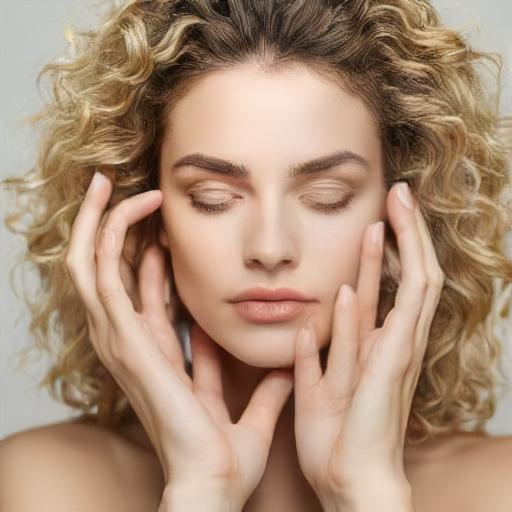
Choosing the Right Products
- Research Products: Use tools like Google Trends, Amazon Best Sellers, and beauty forums to find trending products.
- Read Reviews: Check product reviews on sites like Sephora, Ulta, and beauty blogs to ensure you’re promoting high-quality items.
- Test Products: If possible, test the products yourself to provide genuine reviews and recommendations.
Creating Engaging Content
- Product Reviews: Write detailed, honest reviews highlighting the benefits and potential drawbacks of the products.
- Tutorials and How-Tos: Create step-by-step guides and tutorials showing how to use the products effectively.
- Comparison Posts: Compare similar products to help your audience make informed decisions.
- Videos: Utilize platforms like YouTube and Instagram to create engaging video content. Demonstrations, tutorials, and unboxings are popular formats.
4. Effective Marketing Strategies
Creating a successful beauty affiliate marketing strategy requires a multifaceted approach. Here, we delve into the most effective marketing strategies, from SEO to social media and email marketing, to ensure you reach and engage your target audience.
SEO for Beauty Blogs
Keyword Research:
Start by identifying the keywords your target audience is searching for. Tools like Ahrefs, SEMrush, and Google Keyword Planner are essential for finding relevant keywords with high search volume and low competition. Focus on a mix of short-tail and long-tail keywords to attract a diverse audience. For example, “best organic skincare products” or “how to apply foundation.”
On-Page SEO:
Optimize your blog posts with the keywords you’ve researched. Key areas to focus on include:
- Title Tags and Meta Descriptions: Ensure they are compelling and include your primary keyword.
- Header Tags (H1, H2, H3): Use these to structure your content and include keywords where appropriate.
- Image Alt Text: Describe your images with relevant keywords to help with image search optimization.
- Internal Linking: Link to other relevant posts on your blog to keep readers engaged and improve your site’s SEO.
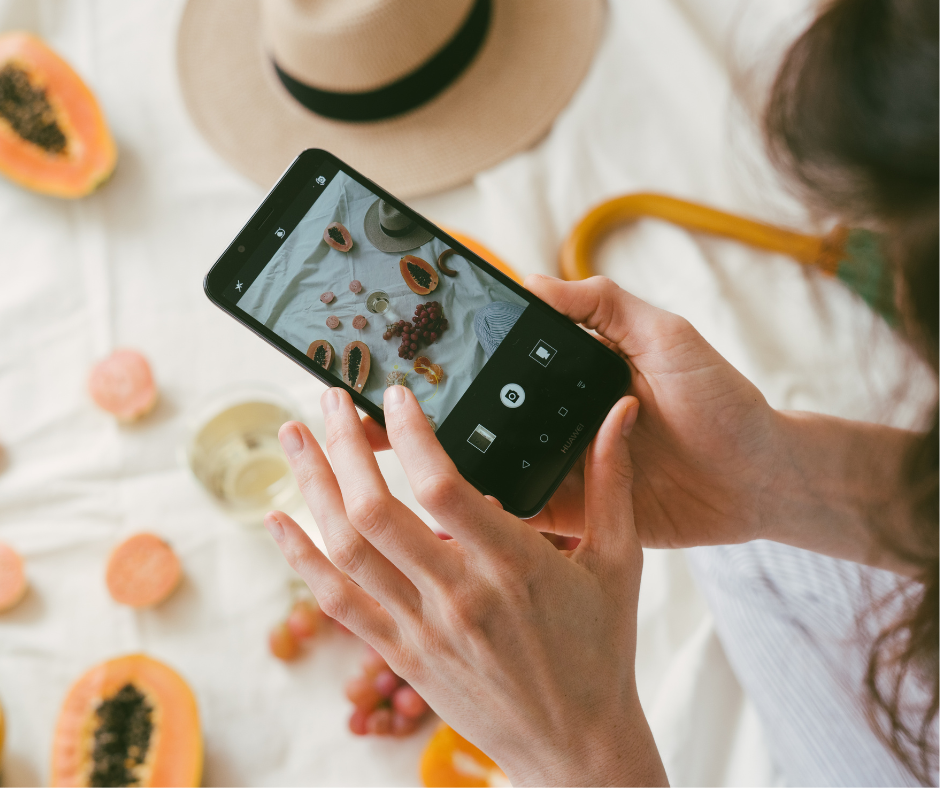
Quality Content:
Google’s algorithms favor high-quality, informative content. Write in-depth product reviews, how-to guides, and comparison posts. Ensure your content is well-researched, engaging, and provides value to your readers. Use multimedia elements like images, videos, and infographics to make your content more appealing.
Link Building:
Building backlinks from reputable sites can significantly boost your SEO. Reach out to beauty bloggers, influencers, and forums to get your content featured. Guest posting on high-authority beauty websites can also drive traffic and improve your site’s authority.
Social Media Marketing
Instagram:
Instagram is a powerful platform for beauty marketers due to its visual nature. Here’s how to make the most of it:
- High-Quality Images and Videos: Post visually appealing content that highlights the beauty products you’re promoting.
- Instagram Stories and Reels: Use these features to showcase product usage, quick tips, and unboxings. They can help you reach a wider audience.
- Influencer Collaborations: Partner with beauty influencers to reach their followers. Influencers can provide authentic reviews and demonstrate product usage.
Pinterest:
Pinterest is another visual platform that can drive significant traffic to your blog:
- Create Beautiful Pins: Design eye-catching pins for your blog posts. Use tools like Canva to create professional-looking pins.
- Organize Boards: Create boards categorized by beauty tips, product reviews, skincare routines, etc.
- SEO for Pinterest: Optimize your pin descriptions with relevant keywords to make your content discoverable.
TikTok:
TikTok is booming with beauty content and trends:
- Short, Engaging Videos: Create short, engaging videos showcasing beauty hacks, tutorials, and product reviews.
- Trendy Content: Participate in beauty trends and challenges to gain visibility.
- Influencer Marketing: Collaborate with TikTok beauty influencers to tap into their follower base.
Email Marketing
Build an Email List:
Offer incentives like eBooks, beauty guides, or exclusive discounts to encourage visitors to sign up for your email list. Use pop-ups, landing pages, and sign-up forms to capture email addresses.
Segment Your Audience:
Segment your email list based on interests, purchase behavior, and engagement levels. This allows you to send personalized and relevant content to different audience segments. For example, send skincare tips to subscribers interested in skincare products and makeup tutorials to those interested in cosmetics.
Automate Campaigns:
Use email marketing tools like Mailchimp, ConvertKit, or ActiveCampaign to automate your email campaigns. Automation ensures timely delivery of welcome emails, product recommendations, and follow-up emails.
Content for Emails:
Craft engaging email content that includes:
- Exclusive Deals and Discounts: Offer your subscribers special deals and discounts on beauty products.
- Beauty Tips and Tutorials: Share valuable beauty tips, how-tos, and product recommendations.
- Personalized Recommendations: Use data on subscriber preferences to provide personalized product recommendations.
Analyze and Optimize:
Regularly analyze your email marketing metrics such as open rates, click-through rates, and conversion rates. Use this data to optimize your email content, subject lines, and sending times to improve performance.
5. Advanced Tips for Maximizing Earnings
Leveraging Influencer Partnerships
Collaborate with Influencers:
Partnering with influencers can significantly amplify your reach and credibility. Choose influencers whose audience aligns with your target demographic. Offer them unique affiliate codes and links to track conversions. Influencers can create authentic reviews and tutorials that drive their followers to purchase products through your affiliate links.
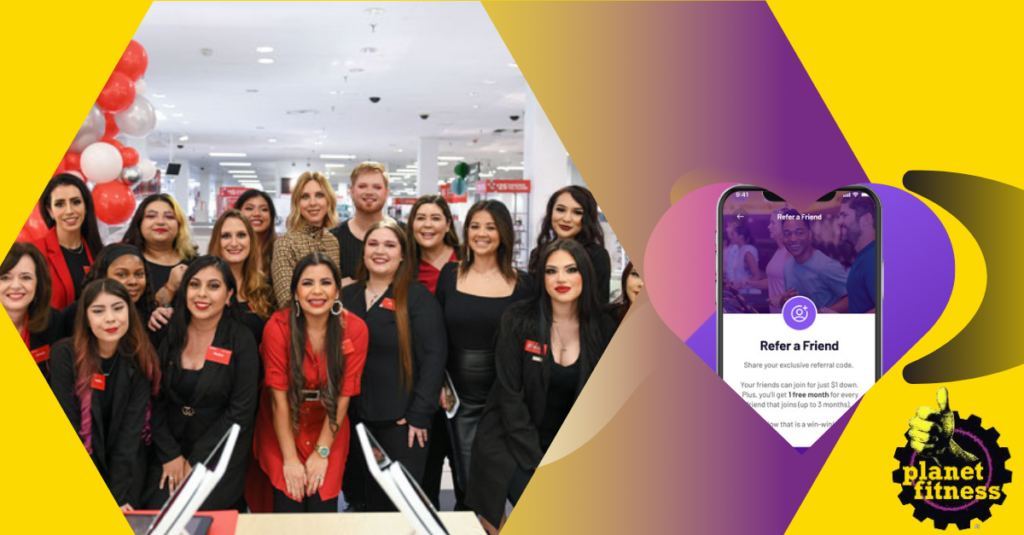
Influencer Tiers:
Work with different tiers of influencers:
- Micro-Influencers: With smaller but highly engaged audiences, they can provide authentic reviews and direct engagement.
- Macro-Influencers: Larger audiences can provide broader exposure and higher potential reach.
- Celebrity Influencers: While more expensive, they can massively boost brand visibility and credibility.
Utilizing Video Content
YouTube:
YouTube is a vital platform for beauty content. Create in-depth product reviews, tutorials, and beauty routines. Optimize your video titles, descriptions, and tags for SEO to increase discoverability. Collaborate with other YouTubers for cross-promotion.
Live Streaming:
Live streaming on platforms like Instagram Live, YouTube Live, and Facebook Live allows real-time interaction with your audience. Use live streams for product demonstrations, Q&A sessions, and exclusive product launches. This real-time engagement can build trust and drive immediate sales.
Short-Form Videos:
Platforms like TikTok and Instagram Reels are perfect for short, engaging videos. Create quick beauty hacks, product demos, and tutorials that can go viral and reach a wide audience quickly.
Optimizing for Conversions
A/B Testing:
Conduct A/B tests on different elements of your content and website to determine what resonates best with your audience. Test different headlines, images, call-to-action buttons, and product descriptions. Use the results to optimize your content and improve conversion rates.
User Experience (UX):
Ensure your website provides an excellent user experience. A clean, easy-to-navigate website that loads quickly will keep visitors engaged and reduce bounce rates. Ensure your affiliate links are easy to find and click on.
Clear Call-to-Actions (CTAs):
Use compelling CTAs to guide your audience towards making a purchase. Examples include “Shop Now,” “Get Your Discount,” and “Try It Today.” Place CTAs strategically throughout your content to maximize conversions.
6. Analyzing Performance and Making Adjustments
Tracking Metrics
Analytics Tools:
Use tools like Google Analytics, Ahrefs, and other analytics platforms to track your website traffic, conversion rates, and user behavior. Monitor key performance indicators (KPIs) such as page views, bounce rates, and average session duration.
Affiliate Network Dashboards:
Most affiliate networks provide dashboards to track your sales, commissions, and click-through rates. Regularly review these metrics to understand your performance and identify top-performing products and content.

A/B Testing
Experimentation:
Conduct A/B tests on different elements of your website and marketing campaigns. For example, test different headlines, images, product descriptions, and CTAs. Compare the performance of each variant to identify what works best.
Analyze Results:
Use the data from your A/B tests to make informed decisions. Implement the winning variants and continue testing new elements to continuously optimize your marketing efforts.
Adjusting Strategies Based on Data
Identify Trends:
Look for patterns in your data to identify what content and products are performing well. Use these insights to create more of what your audience loves.
Optimize Underperforming Content:
Update and improve content that’s not generating desired results. This could involve rewriting parts of the content, adding new keywords, or improving SEO. Regularly refresh your content to keep it relevant and engaging.
7. Case Studies and Success Stories
Successful Beauty Affiliates
Huda Kattan (Huda Beauty):
Huda Kattan leveraged her background as a makeup artist and beauty influencer to create a successful beauty brand and affiliate program. Her focus on high-quality content, engaging social media presence, and influencer collaborations have driven her success.
Key Strategies:
- Authentic Content: Huda’s content is genuine and relatable, which resonates with her audience.
- Engagement: She engages actively with her followers, creating a loyal community.
- Diverse Content: She uses a mix of tutorials, reviews, and personal stories to keep her content diverse and interesting.
Michelle Phan:
Michelle Phan is a pioneer in the beauty influencer space. Her YouTube tutorials and reviews have amassed millions of followers, leading to successful partnerships and the launch of her own beauty line.
Key Strategies:
- Educational Content: Michelle’s tutorials are educational, helping viewers learn new beauty techniques.
- Consistency: She consistently uploads new content, keeping her audience engaged.
- Brand Partnerships: Strategic partnerships with beauty brands have expanded her reach and credibility.
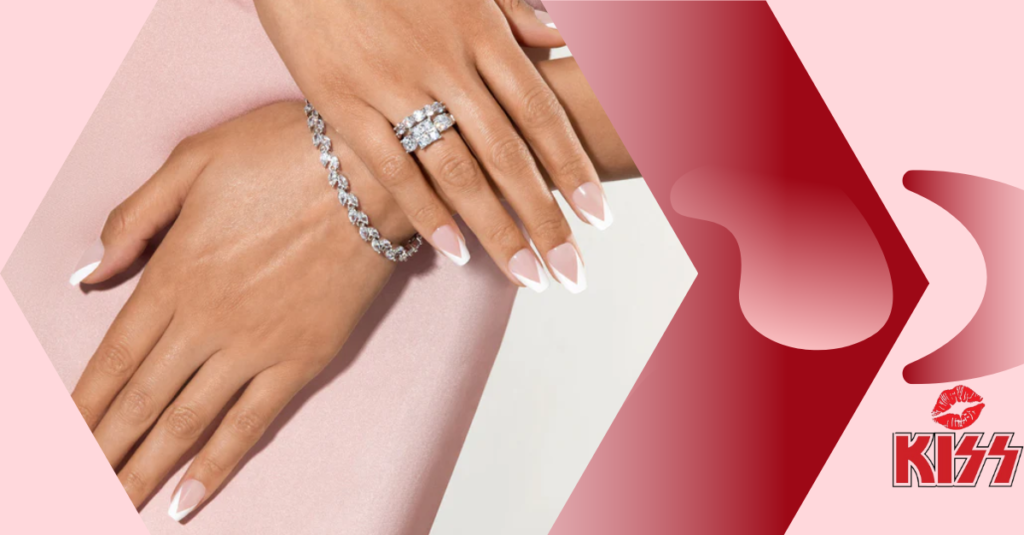
8. Future Trends in Beauty Affiliate Marketing
Technological Innovations
Augmented Reality (AR):
AR technology is transforming the beauty industry. Virtual try-on tools allow consumers to test products before buying. Affiliate marketers can leverage these tools to provide a more interactive shopping experience.
Artificial Intelligence (AI):
AI-powered personalization is becoming more prevalent. AI can analyze customer preferences and behavior to provide personalized product recommendations, enhancing the shopping experience and increasing conversions.
Voice Search:
With the rise of voice-activated devices, optimizing for voice search is crucial. Use natural language and long-tail keywords to capture voice search queries.
Evolving Consumer Preferences
Sustainability:
Consumers are increasingly prioritizing sustainability. Promote eco-friendly, cruelty### 4. Effective Marketing Strategies
Creating a successful beauty affiliate marketing strategy requires a multifaceted approach. Here, we delve into the most effective marketing strategies, from SEO to social media and email marketing, to ensure you reach and engage your target audience.
9. Conclusion Synthesis
Creating a successful beauty affiliate marketing strategy requires a multifaceted approach. Here, we delve into the most effective marketing strategies, from SEO to social media and email marketing, to ensure you reach and engage your target audience.
SEO for Beauty Blogs
Keyword Research:
Start by identifying the keywords your target audience is searching for. Tools like Ahrefs, SEMrush, and Google Keyword Planner are essential for finding relevant keywords with high search volume and low competition. Focus on a mix of short-tail and long-tail keywords to attract a diverse audience. For example, “best organic skincare products” or “how to apply foundation.”
On-Page SEO:
Optimize your blog posts with the keywords you’ve researched. Key areas to focus on include:
- Title Tags and Meta Descriptions: Ensure they are compelling and include your primary keyword.
- Header Tags (H1, H2, H3): Use these to structure your content and include keywords where appropriate.
- Image Alt Text: Describe your images with relevant keywords to help with image search optimization.
- Internal Linking: Link to other relevant posts on your blog to keep readers engaged and improve your site’s SEO.
Quality Content:
Google’s algorithms favor high-quality, informative content. Write in-depth product reviews, how-to guides, and comparison posts. Ensure your content is well-researched, engaging, and provides value to your readers. Use multimedia elements like images, videos, and infographics to make your content more appealing.
Link Building:
Building backlinks from reputable sites can significantly boost your SEO. Reach out to beauty bloggers, influencers, and forums to get your content featured. Guest posting on high-authority beauty websites can also drive traffic and improve your site’s authority.
Social Media Marketing
Instagram:
Instagram is a powerful platform for beauty marketers due to its visual nature. Here’s how to make the most of it:
- High-Quality Images and Videos: Post visually appealing content that highlights the beauty products you’re promoting.
- Instagram Stories and Reels: Use these features to showcase product usage, quick tips, and unboxings. They can help you reach a wider audience.
- Influencer Collaborations: Partner with beauty influencers to reach their followers. Influencers can provide authentic reviews and demonstrate product usage.
Pinterest:
Pinterest is another visual platform that can drive significant traffic to your blog:
- Create Beautiful Pins: Design eye-catching pins for your blog posts. Use tools like Canva to create professional-looking pins.
- Organize Boards: Create boards categorized by beauty tips, product reviews, skincare routines, etc.
- SEO for Pinterest: Optimize your pin descriptions with relevant keywords to make your content discoverable.
TikTok:
TikTok is booming with beauty content and trends:
- Short, Engaging Videos: Create short, engaging videos showcasing beauty hacks, tutorials, and product reviews.
- Trendy Content: Participate in beauty trends and challenges to gain visibility.
- Influencer Marketing: Collaborate with TikTok beauty influencers to tap into their follower base.
Email Marketing
Build an Email List:
Offer incentives like eBooks, beauty guides, or exclusive discounts to encourage visitors to sign up for your email list. Use pop-ups, landing pages, and sign-up forms to capture email addresses.
Segment Your Audience:
Segment your email list based on interests, purchase behavior, and engagement levels. This allows you to send personalized and relevant content to different audience segments. For example, send skincare tips to subscribers interested in skincare products and makeup tutorials to those interested in cosmetics.
Automate Campaigns:
Use email marketing tools like Mailchimp, ConvertKit, or ActiveCampaign to automate your email campaigns. Automation ensures timely delivery of welcome emails, product recommendations, and follow-up emails.
Content for Emails:
Craft engaging email content that includes:
- Exclusive Deals and Discounts: Offer your subscribers special deals and discounts on beauty products.
- Beauty Tips and Tutorials: Share valuable beauty tips, how-tos, and product recommendations.
- Personalized Recommendations: Use data on subscriber preferences to provide personalized product recommendations.

Analyze and Optimize:
Regularly analyze your email marketing metrics such as open rates, click-through rates, and conversion rates. Use this data to optimize your email content, subject lines, and sending times to improve performance.
World Top Ranking Beauty Niche Blogs Sites in US
Here are some of the latest blog posts on beauty niche affiliate marketing in the US, providing insights into profitable affiliate programs, trends, and strategies for 2024:
- Digital Fodder highlights 29 beauty and makeup affiliate programs for 2024. The post includes details on commission rates, cookie durations, and the affiliate networks for popular brands like Estée Lauder, Lancôme, and Indie Lee. This resource is ideal for marketers looking to partner with well-established beauty brands (Digital Fodder).
- Influencer Marketing Hub offers a comprehensive list of 61 beauty affiliate programs. It features high-commission opportunities from brands like Kossma Beauty, 100% Pure, and Circcell. Each program is evaluated based on commission rates and cookie durations, providing a broad range of options for affiliates (Influencer Marketing Hub).
- Affilimate discusses the top 22 beauty affiliate programs, emphasizing the high-potency formulas of brands like SkinCeuticals and the innovative products from NARS Cosmetics. This post is particularly useful for affiliates interested in promoting premium and well-researched skincare products (Affilimate).
- AffRanking reviews 10 of the best beauty affiliate programs, including popular brands like Paula’s Choice, Nordstrom, and Fenty Beauty. This guide covers commission structures, payment details, and marketing support, making it a valuable resource for affiliates aiming to maximize their earnings in the beauty niche (AFFRanking).
These blog posts offer a variety of affiliate programs and strategies, helping affiliates choose the best partnerships to suit their audience and marketing goals.
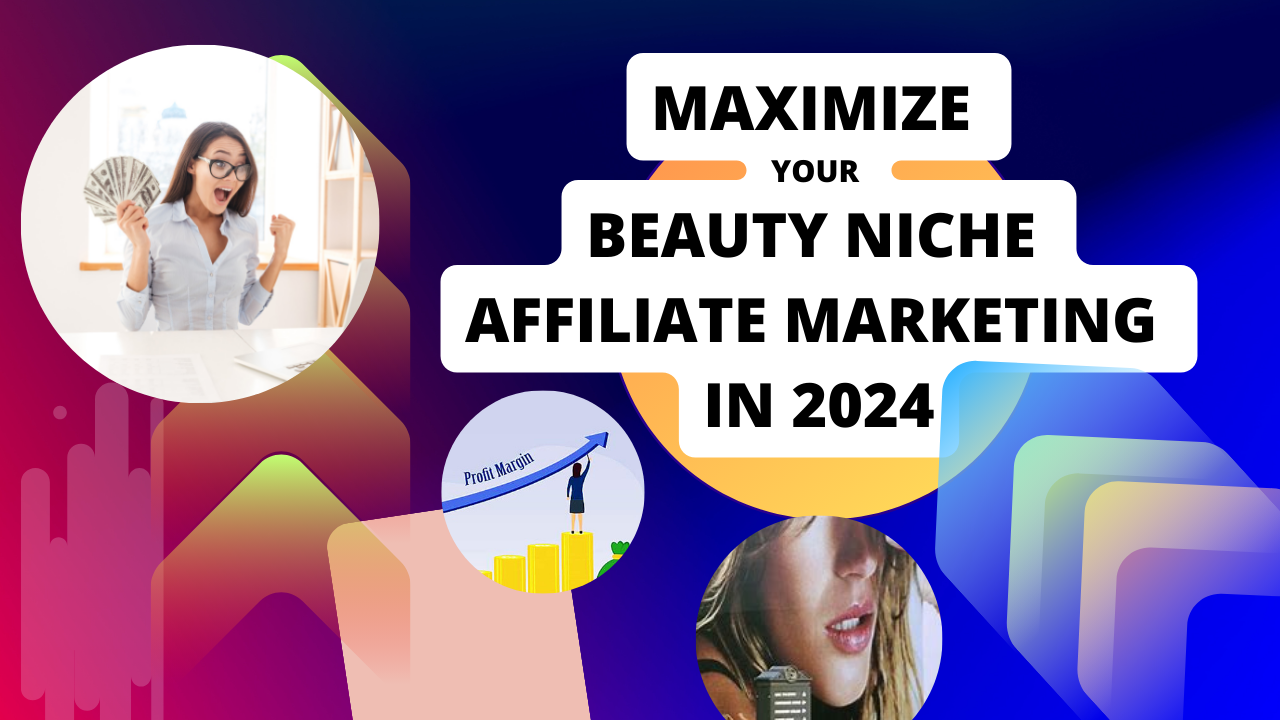
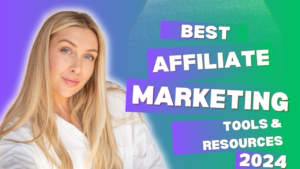
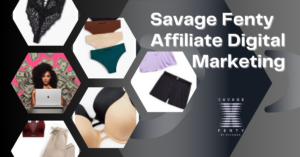
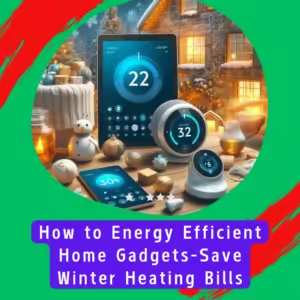
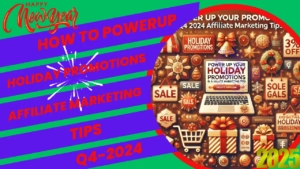

挺好的说的非常给力https://www.jiwenlaw.com/
谢谢了看的津津有味https://www.jiwenlaw.com/
挺好的说的非常给力https://www.jiwenlaw.com/
谢谢了看的津津有味https://www.jiwenlaw.com/
挺好的说的非常给力https://www.haggq.com/
I got good info from your blog
You are my inspiration , I possess few web logs and very sporadically run out from to post : (.
Glad to be one of several visitors on this awesome site : D.
Идеальное остекление для балконов в Санкт-Петербурге, подберем идеальное решение.
Элитное остекление для балконов в Санкт-Петербурге, с установкой и долговечной эксплуатацией.
Эксклюзивное остекление для балконов в Санкт-Петербурге, с учетом всех пожеланий клиента.
Надежное остекление балконов в СПб, с оригинальными комплектующими и возможностью долгосрочного сотрудничества.
Остекление балкона под ключ в СПб, по лучшей цене и быстрой установкой.
остекление балконов санкт петербург https://balkon-spb-1.ru/ .
конвертер юань в тенге калькулятор .
Сайт предлагает актуальные курсы валют с обновлением в реальном времени. Бесплатная конвертация поддерживает тенге, доллары, рубли и другие популярные валюты.
Выбор номер один – натяжные потолки в Петербурге|Экономьте на натяжных потолках в Санкт-Петербурге|Опытные мастера по натяжным потолкам в Санкт-Петербурге|Разнообразие натяжных потолков в Петербурге|Как выбрать идеальный натяжной потолок в СПб|Натяжные потолки в Петербурге для вашего уюта|Интерьерные решения с натяжными потолками в Петербурге|Натяжные потолки в СПб: лучший выбор для вашего дома|Натяжные потолки в СПб: гарантированное качество и надежность|Последние тренды для натяжных потолков в Петербурге|Быстрое и качественное установление натяжных потолков в Санкт-Петербурге|Идеальный выбор: натяжные потолки в СПб|Столица натяжных потолков: Петербург|Экономьте на натяжных потолках в Санкт-Петербурге|Хит сезона – натяжные потолки в Санкт-Петербурге|Уникальные решения в области натяжных потолков в Санкт-Петербурге|Красота и функциональность: натяжные потолки в СПб|Натяжные потолки в СПб: надежность и качество|Индивидуальный подход к каждому клиенту: натяжные потолки в СПб|Преимущества натяжных потолков в СПб|Инновационные материалы для натяжных потолков в Петербурге|Высококлассное обслуживание по установке натяжных потолков в Санкт-Петербурге|Современные тренды в создании потолков: натяжные потолки в Санкт-Петербурге|Оптимальный выбор: натяжные потолки в Петербурге
натяжные потолки петербург https://potolki-spb-1.ru/ .